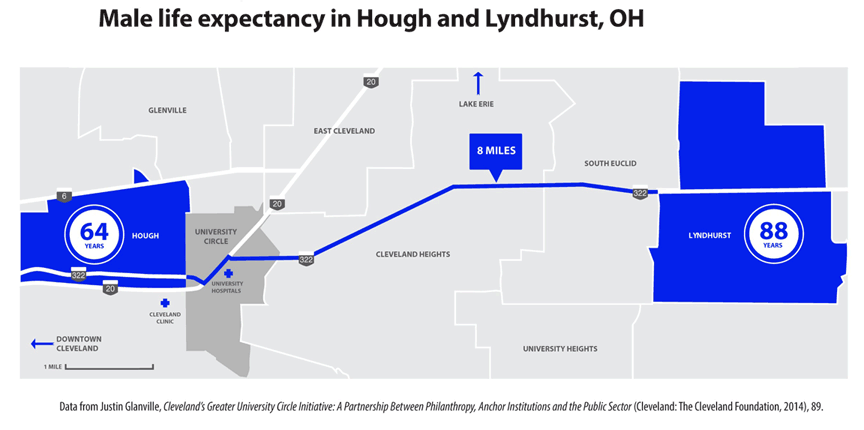 |
When the Neighborhood is the Patient
My favorite season of The Wire, the gritty police drama set in Baltimore, is season 3. If there are any Wire aficionados out there, you’ll remember season 3 features police Major Bunny Colvin, who becomes so fed up with the drug-related murders happening on Baltimore’s "Corners" that he strikes a deal with the main drug players, which effectively quarantines the drug trade to an abandoned block of dilapidated tenements. Within a matter of weeks, "the Corners" change. Residents garden. They walk fearlessly with their children along the streets and in parks. Birds are heard chirping, nesting in trees. "The Corners" take on all the hallmarks of peaceful, idyllic neighborhoods. Of course, the entire experiment comes to a screeching halt when the Major’s superiors learn that Bunny, for all intents and purposes, legalized the drug trade in Baltimore. The outcome? Bunny loses his job and "The Corners" return to "normal". That is, bodies start piling up and people return indoors. The Neighborhood Effect Syndrome
I bring up this edgy, dramatic subplot in The Wire as a way to highlight one of the more interesting trends happening in healthcare today: the evolving strategy of treating the social determinants of health. Social determinants include things like food security, the environment, and housing for patients within a given community.
The graph above, a few years old at this point, was taken from a study done by Kaiser in collaboration with a non-profit community development organization called the Democracy Collaborative. It highlights the tremendous variability in health outcomes for two locations in Ohio separated by only 8 miles. Clearly our neighborhood matters to our health and well-being. Solving for this disparity is at the heart of any population health management strategy. Here is a short video abstract by Nationwide Children’s Hospital out of Columbus OH on how they are treating "neighborhood effect syndrome". They are essentially buying, refurbishing, or building new housing units in neighborhoods that have become dilapidated and dangerous for people to live in. The logic here is that if you fix the neighborhood, you fix the health disparity. Re-envisioning Value Drivers in Healthcare
This raises all kinds of fascinating questions for health systems and their suppliers. Who is the patient? What does it mean to be sick? What does it mean to treat sick patients? Who are the clinicians in population health? What is the business model and value drivers for healthcare organizations? In the world of population health, a supply chain leader has a much broader canvas on which to devise solutions to her system’s business objectives, and the capabilities and knowledge she must build in her staff. Functional expertise will not suffice. Silos might make useful management constructs, but from the standpoint of solving for population health issues, where your "clinician" might be a plumber or electrician, silos and siloed-thinking is extremely limiting. Population health strategy deployment will reverberate to the supplier community as well. Clearly a commercial leader will require different approaches to his customers based on whether or not he is selling traditional products to a traditional purchasing department or to an organization that sees itself as an orchestrator of the housing, food, and environmental needs of a given population. For example, much is made of Amazon’s potential to disrupt med product or pharmacy operations, but how might it deploy the assets from its Whole Food acquisition to directly support the population health strategies of innovative health systems? And if hospitals now own homes and residences, what type of partnerships are possible for it and other tech companies to establish the connected home and direct to patient telemedicine capabilities? Returning to a real-world, less dramatic example from Baltimore, Ken Grant of Johns Hopkins, discussed at our Spring 2018 Forum the different strategies his organization has in place to develop the local supplier community. He told the story of his efforts to help a local vendor of trash can liners grow his business. For Ken, this was a critical step in assisting his system improve the living conditions of the local population and keep people out of the hospital. Perhaps now may be the time for the supplier community to understand the changing strategic perspective of their customers. As always, we welcome your comments and suggestions. |
|
© Strategic Marketplace Initiative | PO Box 1318 | Westborough, MA 01581 | United States | 508 - 732 - 0059 | [email protected] |
